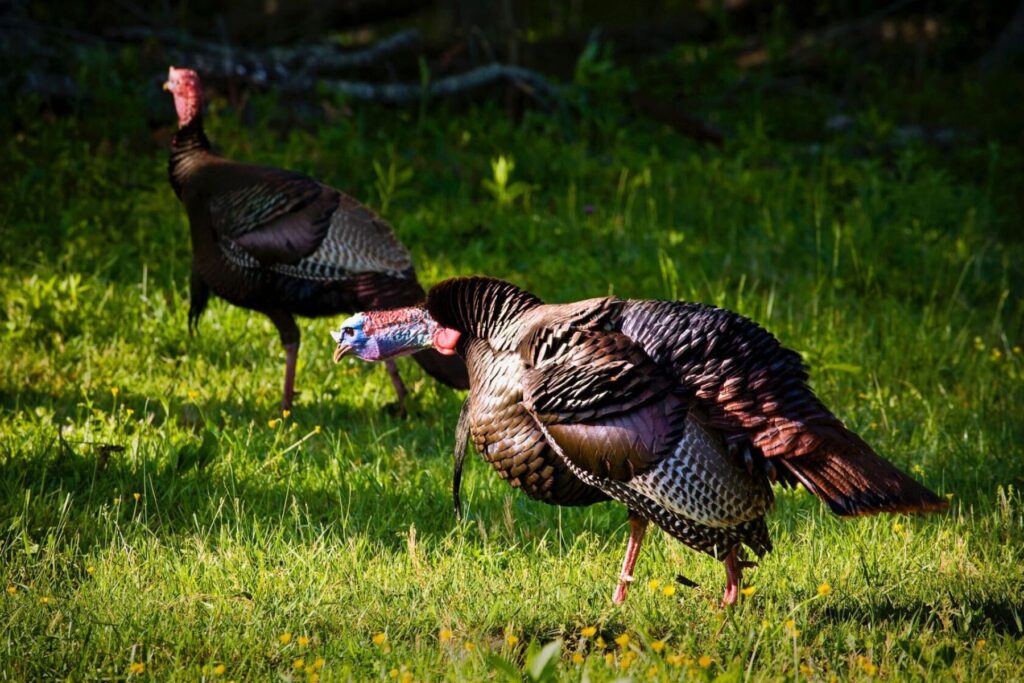
The wild turkey is the only species completely native to North America, and exists in any climate in the continent. But this weird-looking bird is more important than it looks.
Wild turkeys are what biologists call an indicator species — meaning its presence in a location is indicative of a healthy ecosystem for all other species, including humans. The turkey is also a significant figure to Native cultures, both spiritually and practically. In the early 1900s, commercial hunting left the wild turkey population decimated, and it faced extinction. Hunters were the first to notice the trouble, and in the mid-1900s, efforts began to rescue and conserve them — a movement that changed the course of history for a bird that often roams our streets and neighborhoods.
From East Nashville to Natchez Trace, and from Radnor Lake to Hermitage, residents often have run-ins with the weird, wonderful, wild turkey. But its significance to this country and our environment cannot be understated — and the Tennessee Wildlife Resources Agency says it needs our help to keep it thriving.
This episode was produced by Leslie Eiler Thompson.
GUESTS
- Roger Shields | Biologist; Wild Turkey Program Coordinator, Division of Wildlife and Forestry, Tennessee Wildlife Resources Agency
- Windy Hamm | Hobbyist hunter
- Tanya Peres | Associate Professor of Anthropology (Zooarchaeology), Florida State University
- Tom Kunesh | President, Tennessee Ancient Sites Conservancy
FURTHER READING AND LISTENING
- Wild Turkey Observation Survey
- The trailer for Leslie Eiler Thompson’s Wild Turkey Conservation miniseries (releasing Aug. 16)
- Tennessee Turkey Season Regulations and Information


